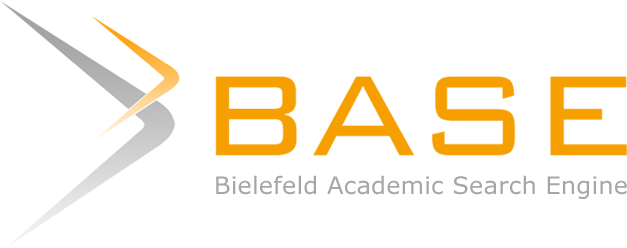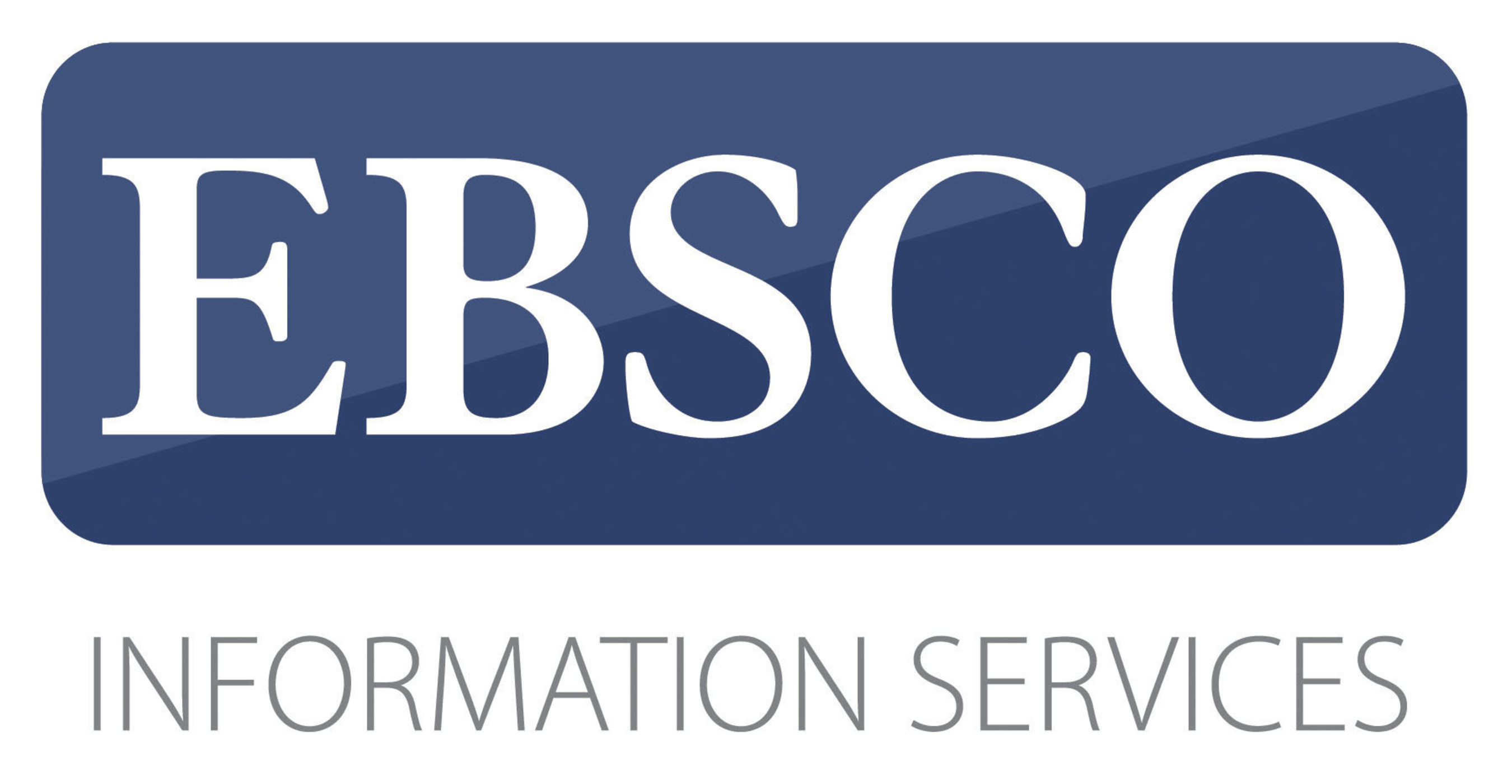Abstract
Despite the importance of labour migration in Southeast Asia, the mechanism of migrant workers protection in the region is still lacking. Because of that, cases show that often the undocumented and/or the low-skilled workers receive inappropriate treatment in the host countries. In certain cases, they were treated as second-class citizens – this is despite the work that they do. To address these issues, ASEAN has conducted a series of dialog forums and issued various agreements. In doing so, ASEAN have been involving different key stakeholders working on the issue, including international organizations, regional and national civil society organizations, and employers’ union. Unlike mainstream study which mainly focusses on the role of member states or ASEAN in developing regional mechanisms in the region, this research highlights the strategic role of International Labour Organizations (ILO). We argue that ILO is the powerful entities (aside of the member states) behind the region’s decision to pay more serious attention to the issue. This research shows how the ASEAN member states tend to be more open towards ILO’s involvement in their issues – while, because of the region’s norms of non-interference, they usually are reluctant to take any kind of external intervention to the region. Within this context, from the three possible type of roles of international organization in international system proposed by Clive Archer, i.e. as arena, instrument or actor, this article argues that ILO plays a role more as an actor that act independently to fill the gap left by the inability (unwillingness) of ASEAN member state to provide protection to their own migrant workers.
Bahasa Abstract
Meskipun pekerja migran berperan penting di perekonomian Asia Tenggara, mekanisme perlindungan pekerja migran di kawasan ini masih lemah. Berbagai kasus menunjukkan bagaimana pekerja migrant, terutama yang tidak terdokumentasi dan/atau berketerampilan rendah mendapatkan perlakuan yang tidak pantas di negara penerima. Untuk mengatasi permasalahan tersebut, ASEAN memfasilitasi serangkaian forum dialog dan mengeluarkan berbagai kesepakatan. Dalam melakukan hal ini, ASEAN melibatkan berbagai pemangku kepentingan utama, termasuk organisasi internasional, organisasi masyarakat sipil regional dan nasional, dan serikat pekerja. Berbeda dengan berbagai kajian arus utama yang berfokus pada peran negara anggota atau ASEAN dalam mengembangkan mekanisme regional di kawasan, penelitian ini menyoroti peran strategis International Labour Organizations (ILO). Penulis berargumen bahwa ILO adalah pihak yang paling berpengaruh (selain negara-negara anggota ASEAN) di balik keputusan ASEAN untuk memberikan perhatian yang lebih serius terhadap permasalahan pekerja migran. Penelitian ini menunjukkan bagaimana negara-negara anggota ASEAN cenderung lebih terbuka terhadap keterlibatan ILO – sementara, karena norma non-intervensi yang berlaku di kawasan, mereka biasanya enggan menerima intervensi eksternal dalam bentuk apa pun atas kebijakan domestik atau regional mereka. Dalam konteks ini, dari tiga kemungkinan peran organisasi internasional dalam sistem internasional yang dikemukakan oleh Clive Archer, yaitu sebagai arena, instrumen atau aktor, penulis berargumen bahwa ILO lebih berperan sebagai aktor yang bertindak independen untuk mengisi kesenjangan yang diakibatkan oleh ketidakmampuan (keengganan) negara anggota ASEAN untuk memberikan perlindungan kepada pekerja migran di Kawasan.
References
Acharya, A. (2003). Democratisation and the prospects for participatory regionalism in Southeast Asia. Third World Quarterly, Vol 24, No 2, 375-390. doi:10.1080/0143659032000074646
Allison-Reumann, L. (2017). Integrating ASEAN in Labor Migration Policy: From Disjointed to Complementary Actor. Asian Politics & Policy, Vol. 9, No. 3, 427–441.
Archer, C. (2001). International Organization Third Edition. London: Routledge.
ASEAN. (n.d.). ASEAN Committee on the Implementation of the ASEAN Declaration on the Protection and Promotion of the Rights of Migrant Workers (ACMW). Retrieved from ASEAN : http://asean.org/wp-content/uploads/images/archive/23062.pdf
Bal, C. S. & Gerard, K. (2018). ASEAN’s Governance of Migrant Worker Rights. Third World Quarterly, 39(4), 799-819. Doi: https://doi.org/10. 1080/01436597.2017.1387478.
Basir, S. M. (2020). Irregular Migrations in Southeast Asia: Challenges for Protection and Migration Policy. Indonesian Journal of International Law, 17(2), 145-180. doi:http://dx.doi.org/10.17304/ijil.vol17.2.782
Caballero–Anthony, M. (2017). From Comprehensive Security to Regional Resilience: Coping with Nontraditional Security Challenges. In A. Baviera, & L. Maramis, ASEAN @ 50 Volume 4: Building ASEAN Community: Political-Security and Socio-cultural Reflections (pp. 123-145). Economic Research Institute for ASEAN and East Asia (ERIA). Retrieved from Economic Research Institute for ASEAN and East Asia (ERIA): https://www.eria.org/ASEAN_at_50_4A.7_Caballero-Anthony_final.pdf
Charanpal S. Bal & Kelly Gerard. (2018). ASEAN’s Governance of Migrant Worker Rights. Third World Quarterly, 39(4), 799-819. doi:10.1080/01436597.2017.1387478
Chavez, J. J. (2013). Transnational Social Movements in ASEAN Policy Advocacy: The Case of Regional Migrants’ Rights Policy. UNRISD Conference: Regional Governance of Migration and Socio-Political Rights: Institutions, Actors and Processes. Geneva: UNRISD.
Chheang, V. (2013). Migrant Workers in a People-Centered ASEAN Community and ASEAN-Japan Cooperation. Dalam Beyond 2015 (hal. 281-295). Tokyo: Japan Exchange International Exchange Publication. Diambil kembali dari https://www.jcie.org/japan/j/pdf/pub/publst/1451/16_chheang.pdf
Collins, A. (2008). A People-Oriented ASEAN: A Door Ajar or Closed for Civil Society Organizations? Contemporary Southeast Asia, Vol. 30, No. 2, 313-331. doi:10.1355/cs30-2g
Ford, M., Gillan, M., & Thein, H. H. . (2018). The International Labour Organization as a Development Actor in Southeast Asia. In L. L. A. McGregor, Routledge Handbook of Southeast Asian Development (pp. 85-95). United Kingdom: Routledge. Retrieved from https://ses.library.usyd.edu.au/bitstream/handle/2123/21296/Postprint_The%20ILO%20as%20a%20Development%20Actor%20in%20SEA.pdf?sequence=2&isAllowed=y
Geiger, A. Y. (2015). Regional Frameworks for Managing Migration and the Role of Civil Society Organizations. In M. Caballero-Anthony, & T. Menu, Asia on the Move: Regional Migration and the Role of Civil Society (pp. 183-201). Japan Center for International Exchange (JCIE). Retrieved from https://www.jcie.org/wp-content/uploads/2021/07/AsiaMove-10_frameworks.pdf
Hazmi, A. (2020, Januari 21). SEASIA. Diambil kembali dari What is "ASEAN Way"?: https://seasia.co/2020/01/21/what-is-asean-way
Human RIghts in ASEAN. (n.d.). ASEAN Committee on Migrant Workers. Retrieved from Human Rights in ASEAN: https://humanrightsinasean.info/mechanism/asean-committee-on-migrant-workers/
ILO. (2006). ILO Multilateral Framework on Labour Migration: Non-binding principles and guidelines for a rights-based approach to labour migration. Geneva: International Labour Organization (ILO). Retrieved from https://www.ilo.org/wcmsp5/groups/public/---asia/---ro-bangkok/documents/publication/wcms_146243.pdf
ILO. (2014, July 24). Project fact sheet: Tripartite Action for the Protection of the Rights of Migrant Workers in the ASEAN Region (ASEAN TRIANGLE Project). Retrieved from International Labour Organization: https://www.ilo.org/asia/publications/WCMS_184959/lang--en/index.htm
ILO. (2015a). Analytical report on the international labour migration statistics database in ASEAN : improving data collection. Bangkok: International Labour Organization (ILO). Retrieved from https://www.ilo.org/wcmsp5/groups/public/---asia/---ro-bangkok/---sro-bangkok/documents/publication/wcms_431613.pdf
ILO. (2015b). ILO global estimates on migrant workers: results and methodology. Geneva: International Labour Organization (ILO). Retrieved from https://www.ilo.org/wcmsp5/groups/public/@dgreports/@dcomm/documents/publication/wcms_436343.pdf
ILO. (2017). Progress of the implementation of recommendations adopted at the 3rd – 8th ASEAN Forums on Migrant Labour: Background Paper to the 9th AFML. Bangkok: International Labour Organization (ILO).
ILO. (2019). The ASEAN Forum on Migrant Labour (AFML): Background information booklet 4th Ed. Geneva: International Labour Organization (ILO).
Javadikouchaksaraei, M. (2018). Comparative Analysis of Migrant Worker Policy in Asian Countries. Social Sciences and Education Research Review, 5(1), 6-39.
Junghus, C., Paavilainen, M., Fleury, A., ILO Regional Office for Asia & the Pacific, DFAT, & GAC. (2019). Implementation of recommendations from the 3rd to 10th ASEAN Forum on Migrant Labour (AFML). International Labour Organization (ILO). Retrieved from https://ilo.primo.exlibrisgroup.com/discovery/fulldisplay/alma995034187902676/41ILO_INST:41ILO_V2
Kaur, A. (2010). Labour Migration in Southeast Asia: Migration Policies, Labour Exploitation and Regulation. Journal of the Asia Pacific Economy, 15(1), 6-19. doi:doi:10.1080/13547860903488195
Kneebone, S. (2010). The Governance of Labor Migration in Southeast Asia. Global Governance Vol. 16, No. 3, 383-396.
Kneebone, S. (2012). Introduction Migrant Workers Between States: In Search of Exit and Integration Strategies in South East Asia. Asian Journal of Social Science, Vol. 40, 367-391. doi:10.1163/15685314-12341246
Latoja, M. C. (2020, February 3). Remittances to Asia in 2018: Sources and Costs. Retrieved from ASIA REGIONAL INTEGRATION CENTER (ARIC): https://aric.adb.org/blog/remittances-to-asia-in-2018-sources-and-costs#:~:text=As%20of%20the%20last%20quarter,global%20average
Maharani, A., Beerlian, B., Hafiz, M., Wahyudi, R., Wisnuwardhani, S., & Devi, W. (2017). Evaluasi Rekomendasi AFML (The ASEAN Forum on Migrant Labour): Untuk Perlindungan Buruh Migran di ASEAN (Perspektif Masyarakat Sipil). Jakarta: Human Rights Working Group (HRWG).
McAdam, M. (2020). COVID-19 impacts on the labour migration and mobility of young women and girls in South-East Asia and the Pacific. Geneva: International Organization for Migration (IOM). Retrieved from https://publications.iom.int/system/files/pdf/the-gender-dimensions-of-the-labour-migration-young-women.pdf
Mendoza, M. (2016, February 25). Federal officials are preparing to enforce an 86-year-old ban on importing goods made by children or slaves under new provisions of a law signed by President Barack Obama. Retrieved from U.S News: https://www.usnews.com/news/us/articles/2016-02-24/obama-bans-us-imports-of-slave-produced-goods
Nah, A. M. (2012). Globalisation, Sovereignty and Immigration Control: The Hierarchy of Rights for Migrant Workers in Malaysia. Asian Journal of Social Science 40, 486–508. doi:i:10.1163/15685314-12341244
Neuman, W. L. (2014). Social Research Methods: Qualitative and Quantitative Approaches 7th Ed. Harlow: Pearson Education Limited.
Nodzenski, Phua, and Bacolod. (2016). New Prospects in Regional Health Governance: Migrant Workers’ Health in the Association of Southeast Asian Nations. Asia & the Pacific Policy Studies, 3(2), 336-350. doi:10.1002/app5.113
Orbeta, A., & Gonzales, K. (2013). Managing International Labor Migration in ASEAN: Themes from a Six-Country Study. Retrieved from ECONSTOR: https://www.econstor.eu/bitstream/10419/126946/1/pidsdps1326_rev.pdf
Quayle, L. (2015). Leading or following? International societies, Southeast Asia, and the issue of migrant workers. Global Discourse, 415-430. doi:10.1080/23269995.2015.1053193
Rother, S. (2018). ASEAN Forum on Migrant Labour: A Space for Civil Society in Migration Governance at the Regional Level? Asia Pacific Viewpoint, 59(1), 1-12. doi:https://doi.org/10.1111/apv.12181
Sharom, A., Purnama, H. R., Mullen, M., & Asuncion, M. (2018). An Introduction to Human Rights in Southeast Asia First Edition. Southeast Asian Human Rights Studies Network (SEAHRN).
Sundrijo, D. A. (2020). Regionalizing Global Human Rights Norms in Southeast Asia. Switzerland: Palgrave Macmillan.
Sundrijo, D. A., Awigra, D., Safitri, D., Virajati, K., & Wening, P. P. (2020). Civil Society Participation in ASEAN Regionalism: Strengthening the Capacity of ACSC/APF to Advocate the Interest of the People of Southest Asia. Jakarta: Human Rights Working Group (HRWG).
The Work Bank. (2017, October 7). Migrating to Opportunity: Overcoming Barriers to Labor Mobility in Southeast Asia. Retrieved from The Work Bank: https://www.worldbank.org/en/region/eap/publication/migrating-to-opportunity-overcoming-barriers-to-labor-mobility-in-southeast-asia
Wibowo, A. S. (2015). Jejaring Advokasi Masyarakat Sipil di Asia Tenggara: Studi Kasus Task Force on ASEAN Migrant Workers (2007-2010). Jurnal Ilmiah Hubungan Internasional Vol. 11 No. 2, 119-143. doi:10.26593/jihi.v11i2.2535.%25p
Wickramasekara, P. (2008). Globalisation, International Labour Migration and the Rights of Migrant Workers. Third World Quarterly, Vol. 29, No.7, 1247-1264. doi:10.1080/01436590802386278
Recommended Citation
Sundrijo, Dwi Ardhanariswari and Safitri, Dhanny
(2023)
"MIGRANT LABOUR PROTECTION IN ASEAN, IN WHAT WAY DOES ILO MATTER?,"
Global: Jurnal Politik Internasional: Vol. 25:
No.
2, Pp. 95-114.
DOI: 10.7454/global.v25i2.1313
Available at:
https://scholarhub.ui.ac.id/global/vol25/iss2/4

















